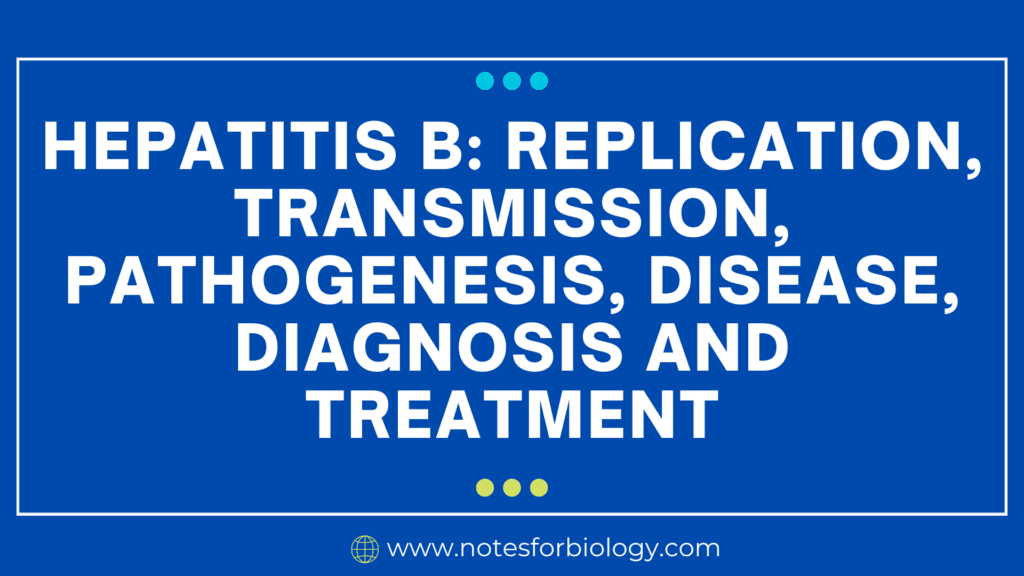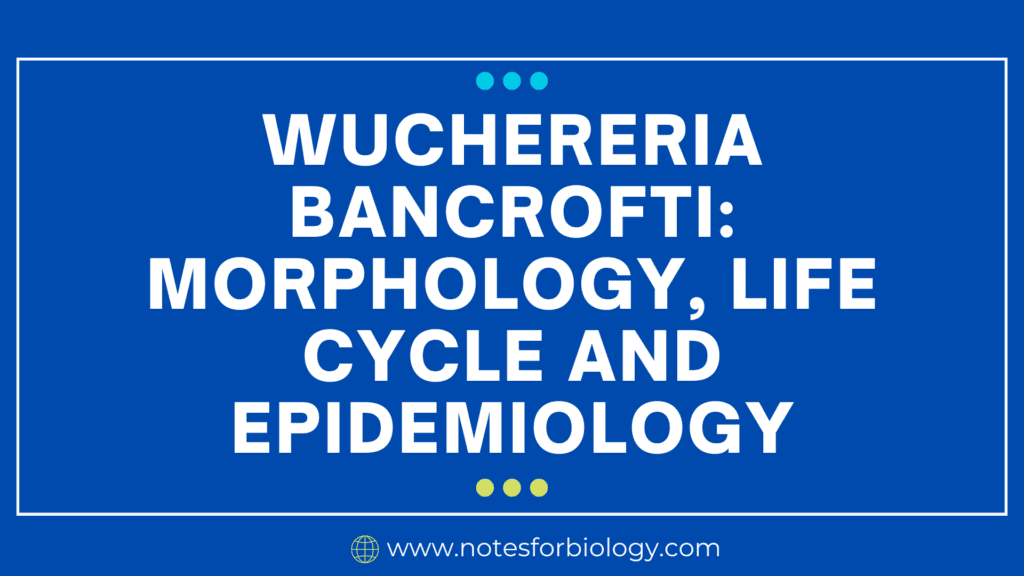Hepatitis B: replication, transmission, pathogenesis, disease, diagnosis and treatment
What is Hepatitis B? Acute (short-term) and chronic (long-term) liver disease can be brought on by the viral illness H B. The HBV, which is contracted by coming into touch with infected blood or body fluids, is the cause of it. Hepatitis B is a serious liver infection caused by the hepatitis B virus (HBV). […]
Hepatitis B: replication, transmission, pathogenesis, disease, diagnosis and treatment Read More »










